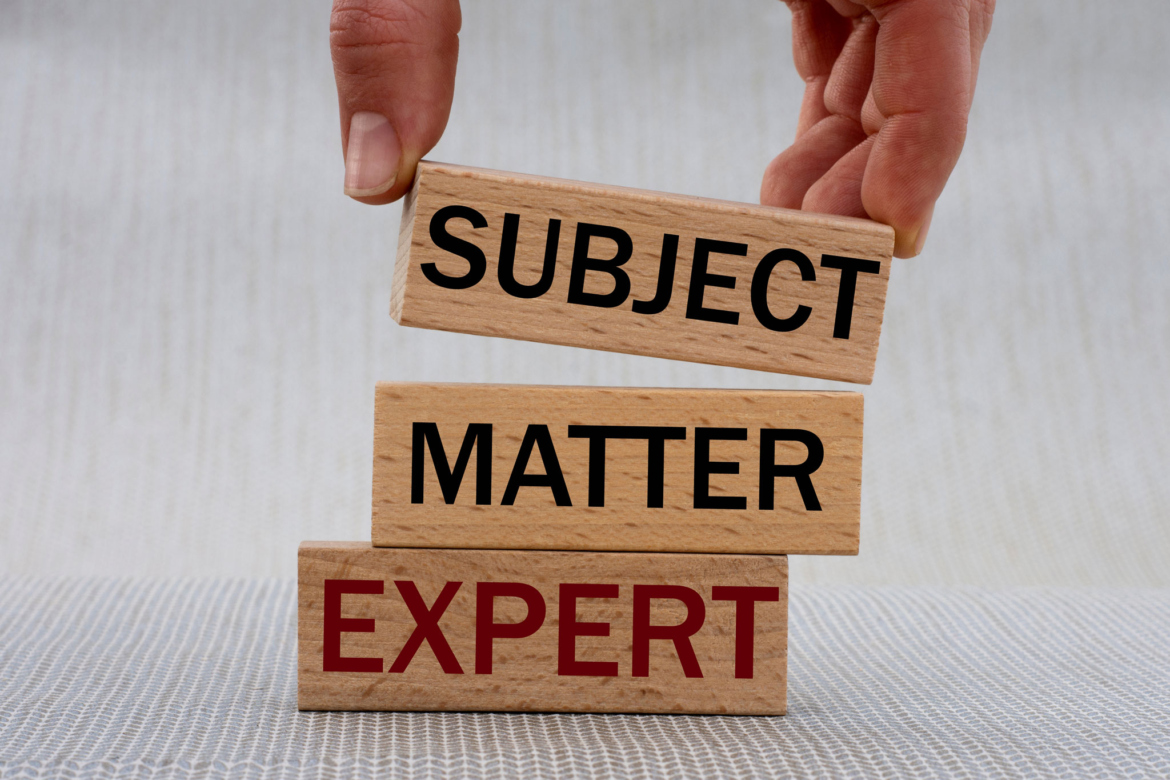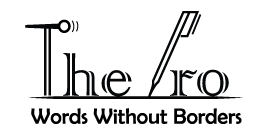
When a translator or interpreter takes on a highly technical project, they can be overwhelmed by the knowledge gap between where they are and where they need to be. The time needed for preparation often far exceeds the time they have allocated for the job.
To add insult to injury, sometimes clients provide little to no information in advance, leaving interpreters at a loss about where to start. For example, when FDA conducts GMP or GCP inspections on pharmaceutical manufacturing or clinical trial facilities, interpreters often have no access to materials beforehand. Clients (pharmaceutical or medical device firms) may be unwilling or unable to accommodate document requests because:
- There is a humongous volume of documents to be covered during the inspections, and the sheer volume alone makes it difficult to share;
- The documents are proprietary or confidential, thus clients are reluctant to distribute them externally (in another post, we mentioned legitimate concerns over confidentiality); and
- Due to the nature of GMP or GCP inspections, only the opening meeting and the close-out meeting have prepared materials; the bulk of the inspection is led by regulatory agencies, not the firms.
When an interpreter interpret for such a highly technical event on the fly, being a language expert is not enough; they also need to ideally be a subject matter expert in the field. So, the million-dollar question is: how do you become specialized in a field without formal schooling or training in it?
It is no easy task, but there is help available. In three of our blog posts, we will introduce to you the seven resources that may guide you through your learning.
1. Government agencies
A wealth of information can be found from government agencies that oversee specific industries. For example, translators and interpreters aspiring to specialize in pharmaceutical translation and interpretation can take advantage of the US Food and Drug Administration (FDA) website, which has numerous pertinent regulations, guidance documents, webinars, and conferences. Many event recordings are freely available to the public. Similarly, you can visit the website of China National Medical Products Administration (NMPA, formerly known as China FDA) to gain in-depth knowledge in the Chinese language.
For translators and interpreters specialized in patent translation or patent litigation interpretation, the United States Patent and Trademark Office (USPTO) website is a must-have. USPTO offers free training and webinars regularly. The Manual of Patent Examining Procedure (MPEP) is an excellent reference book for understanding the US patent law and common issues contested in patent litigation. The MPEP can be accessed electronically free of charge on the USPTO website. Likewise, the World Intellectual Property Organization (WIPO), the European Patent Office (EPO), the Japan Patent Office (JPO), and the China National Intellectual Property Administration (CNIPA) all offer similar resources and training opportunities. Patent documents may even be available in more than one language on the WIPO PatentScope or JPO patent search platforms.
Once you locate the resources, the next step is to commit a significant amount of time. The learning curves are steep since these are industries hard to break into. But it will become easier once you have familiarized yourself with the fundamentals.
(to be continued)
